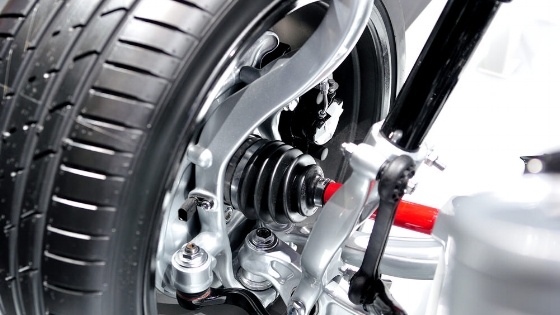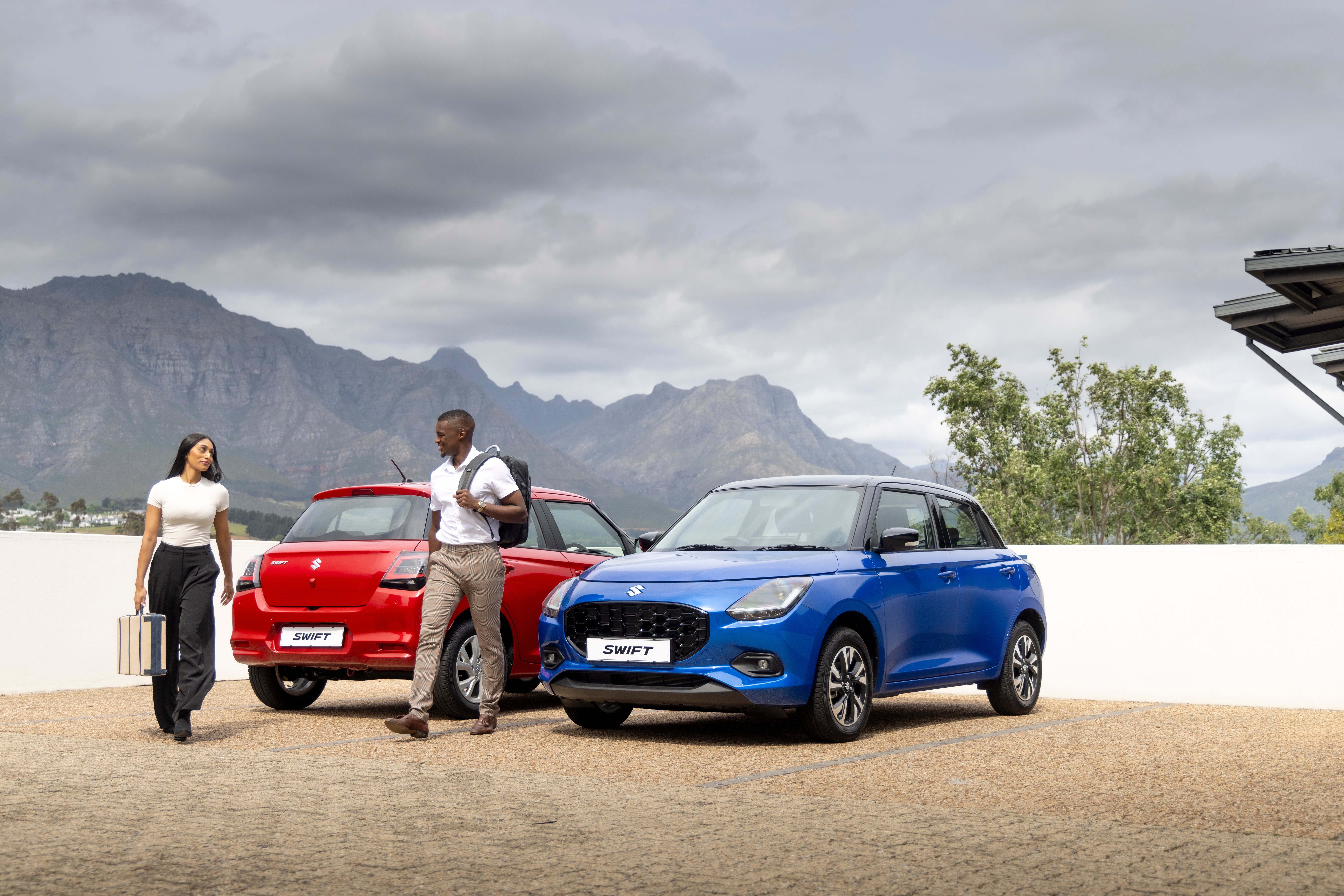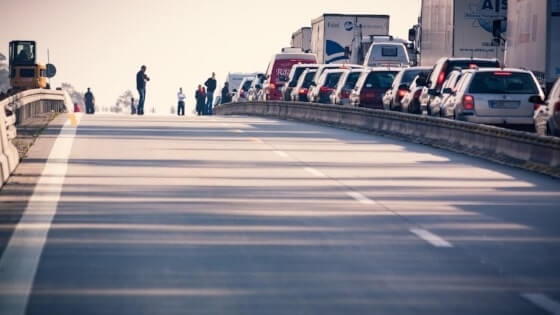Four small patches of rubber, each no bigger than the palm of a man’s hand, are all that is keeping your car from careening off the road with potentially lethal results. Keeping your tyres in tip-top shape is of critical importance.
Properly inflated tyres are also proven to improve fuel efficiency. Proper care stabilises the tyre structure and can extend the average life of a tyre by 7 500 km. And you’ll save on fuel: if the tyres are underinflated, the vehicle will consume more fuel per kilometre travelled, and thus achieve lower mileage. Considering it costs nothing to put air in your tyres, this seems to be a very sensible and easy means of saving money.
Checking the pressure of your vehicle’s tyres once a month takes about five minutes, or an average of just 10 seconds a day.
South Africa has a horrendous vehicle crash record and worn, or incorrectly inflated, tyres feature heavily in the cause of those crashes. https://www.rtmc.co.za/images/rtmc/docs/traffic_reports/fqyr/q4march2019.pdf
A simple routine that soon becomes a habit can be a lifesaver for you and your family. Before heading out to work or going shopping take a few seconds to look at the tread on your tyres to pick up on unusual wear patterns and look to see if one or more appear flatter than the others.
That should be an immediate call to action to stop at the nearest tyre fitment centre or filling station to have the pressures checked and adjusted. If the tread is really worn, that stop should be at the nearest tyre fitment centre.
What should my tyre pressures be?
The ideal manufacturer recommended pressures can be found in the manual that came with your car and/or on a sticker located on the inside of the driver’s door or on the driver’s door frame.
These will also tell you what the pressures should be if the vehicle is fully loaded.
Here is some advice from Tiger Wheel & Tyre:
It is very important to properly maintain your tyres. Not only will this increase your safety while driving but it will also increase the life of your tyres, saving you money.
Balancing
Properly balanced wheels and tyres spin with all their weight distributed equally. Unbalanced tyres can result in tyres wearing unevenly and needing to be replaced more frequently. When your tyres are fitted, balancing should be part of the fitting procedure.
Alignment
Proper alignment ensures that all wheels on a vehicle are pointed in the optimum direction to the road and each other. Tyres on a misaligned vehicle degrade handling and don’t wear equally, reducing their tread life.
Rotation
The purpose of regularly rotating tyres is to achieve more uniform wear on each tyre. If no period is specified in your owner’s manual, then the tyres should be rotated every 12 000 km. The simple way of ensuring this happens is to have your tyres rotated with each vehicle service.
Cleaning
Cleaning tyres removes foreign substances from the tyre surface that can degrade the tyres. We recommend soap and water.
Inspect your tyres regularly
Check your tyres at least once a month for uneven wear and foreign objects wedged in the tread.
A tyre that continually needs to be pumped up should be taken off the vehicle and checked thoroughly.
Tyre blowout accidents can be both catastrophic and complicated due to the amount of damage they can inflict.
Generally speaking, most tyres blow out either because car owners have not properly maintained them or because the tyres were defective–this latter case is generally from buying unrecognised ‘bargain’ tyres not supplied by an accredited tyre dealer.
Specific causes for a blowout may be one of the following:
- Poor maintenance. The tyre’s treads, sidewalls, and body plies can only withstand so much friction before they become worn out. When proper upkeep is not properly maintained the tyre can deteriorate, making it impossible to contain the air pressure within it — thus leading to a blowout.
- External damage. When a tyre repeatedly hits potholes (or hits one big pothole), or when a tyre is punctured by a sharp object, the air inside the tyre can escape through that puncture at a rapid rate, causing the puncture to expand explosively.
- Excessive weight. Tyres can withstand only so much pressure before they pop. Think of them as a balloon filled with air — if you squeeze the balloon hard enough or put too much weight on it, then it will explode. Therefore, if the tyres are straining under too much weight, they too may buckle and pop.
- Pressure changes. When the outside temperature is extremely hot, it can cause the air inside the tyres to expand. This expansion will add pressure to the tyre walls and could cause them to blow.
- Improper inflation. Over inflated tyres put too much pressure on the inside of the tyre (think about what happens when you over inflate a balloon). Under-inflated tyres cause too much of the tyre to come in contact with the road, increasing friction and risk of wear and tear — and friction can rip a hole in the tyre.
According to testing by the Automobile Association, part-worn tyres show reduced performance over brand new tyres, especially with regard to wet-braking and as much as a 33% reduction in handling ability.
The definition of a part-worn tyre, in this study, was a tyre skimmed to 1,6mm – which is the legally required limit in South Africa according to the National Road Traffic Act, No.93 of 1996.
Buying second-hand tyres puts you at increased risk due to the reduced performance, but also at risk of buying illegal tyres. Safe to use second-hand tyres need to meet legal standards and be suitable for their original intended use to be permitted for sale.
However, the reality is, unscrupulous operators purchase tyres that should have been scrapped and mutilated as waste tyres, as they are no longer safe for use, and regroove them for resale.
The illegal and dangerous practice of regrooving involves cutting the grooves of the tyres deeper, to make it appear that the tyre has more tread remaining but this can also result in other damage to the tyre. With around 60% of all second-hand tyres sold for re-use being below the legal standards, therefore illegal, it is definitely a safer option to buy new.
https://aa.co.za/car-tyre-safety-remains-a-problem-in-sa-2/
Heavy rain and flooding in various parts of the country recently have also highlighted the lethal dangers of aquaplaning.
This occurs when the tyre does not break the surface tension of the water on the road and the entire vehicle literally skates across the surface–at which time the driver has no steering control and the brakes are ineffective.
The tread on your tyre is there specifically to disperse water – not enough tread and the water is not moved out of the way so that the rubber can make contact with the road surface.
This is also the reason having your tyres skimmed is not a good idea. If you are not going to participate on a race track, do not skim tyres – it simply removes rubber and decreases the effective tread depth, increasing the danger of something nasty happening.
For more car maintenance tips and car content, subscribe to our blogs.



